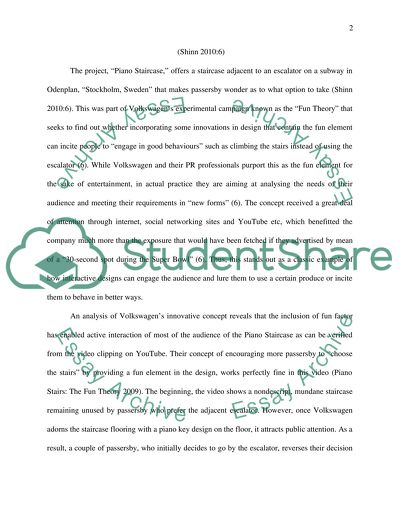Cite this document
(“Interaction and Engagement Coursework Example | Topics and Well Written Essays - 2000 words”, n.d.)
Interaction and Engagement Coursework Example | Topics and Well Written Essays - 2000 words. Retrieved from https://studentshare.org/design-technology/1491560-interaction-and-engagement
Interaction and Engagement Coursework Example | Topics and Well Written Essays - 2000 words. Retrieved from https://studentshare.org/design-technology/1491560-interaction-and-engagement
(Interaction and Engagement Coursework Example | Topics and Well Written Essays - 2000 Words)
Interaction and Engagement Coursework Example | Topics and Well Written Essays - 2000 Words. https://studentshare.org/design-technology/1491560-interaction-and-engagement.
Interaction and Engagement Coursework Example | Topics and Well Written Essays - 2000 Words. https://studentshare.org/design-technology/1491560-interaction-and-engagement.
“Interaction and Engagement Coursework Example | Topics and Well Written Essays - 2000 Words”, n.d. https://studentshare.org/design-technology/1491560-interaction-and-engagement.


